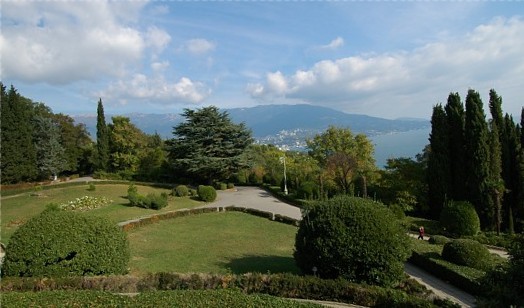Park
Park [парк]. A tract of wild or cultivated ground set aside for recreation. Larger parks, such as nature preserves, wildlife refuges, and national parks, are set aside by the state for the purpose of conservation and scientific research. Smaller parks or gardens are maintained by municipalities for decorative and recreational purposes. Specialized botanical gardens and zoological gardens and parks usually belong to scientific institutions and serve scientific ends.
The earliest parks in Ukraine, dating back to the Princely era, were either royal hunting preserves or gardens cultivated by monasteries and princes. Private parks with a decorative purpose appeared only in the first half of the 18th century. They were designed in the Italian baroque or the French style, with a regular geometric plan, symmetrical composition, and a clearly defined center. The most outstanding example of a French garden is Pershotravnevyi Park (formerly Tsarskyi Sad and Municipal Park) in Kyiv, which was designed by Bartolomeo Francesco Rastrelli in 1743. A large number of parks were established in the second half of the 18th and at the beginning of the 19th century. Almost all of them were of the landscape or English type, based on the principle of free planning with the fullest utilization of natural conditions. They were usually in picturesque settings, although occasionally, as in Trostianets, natural relief was altered. The natural vegetation was supplemented with trees and shrubs from other biogeographic regions and with decorative structures, such as fountains, grottoes, greenhouses, pavilions, bowers, columns, and obelisks. Most of the parks were established by wealthy landowners and designed by foreign architects. The most famous landscape parks are Oleksandriia Dendrological Park in Bila Tserkva (est 1793), Sofiivka Park in Uman (est in 1796–1800), the Trostianets Dendrological Park (est 1834), the Veseli Bokovenky dendrological park (est 1893), and Sokyryntsi Park (est 1763). One of the first public parks in Ukraine was Stryi Park in Lviv (est 1877). In the second half of the 19th and at the beginning of the 20th century many urban and resort parks were established. They were usually small, and their plant composition was not original. Until 1914, except for the industrial cities of the Donbas, Ukrainian cities were adequately supplied with parks and greenery.
Parks and gardens suffered considerable damage during the First World War and neglect during the early years of Soviet rule. Conditions improved somewhat, after Ukraine adopted a law on the preservation of the cultural and natural heritage (16 June 1926). The larger parks were turned into nature preserves or wildlife refuges. In the second half of the 20th century existing parks have been enlarged, and a wide variety of new ones have been established, especially in cities and industrial regions.
National parks are large, mostly forested tracts that are set aside for both conservation and outdoor recreation. Nature preserves, which date back to the 1920s, were not accessible to large numbers of visitors. As the urban population increased and its living standard rose, the need for outdoor recreation in a natural environment became acute. Two parks were set up in Ukraine, the Carpathian National Nature Park (est 1980, 47,300 ha) and the Shatsk National Nature Park (est 1983, 32,500 ha). More were proposed as part of a comprehensive national park system.
Forest parks are large, protected forested areas on the outskirts of large cities. Set up in the Soviet period, the parks serve the urban population by offering sites for recreational activities, such as picnicking, swimming, mushroom picking, hiking, and cross-country skiing. The largest forest parks are the Komsomol Forest Park, near Kharkiv (2,383 ha), Holosiieve Park, south of Kyiv (1,463 ha), and Briukhovychi Park, northwest of Lviv. Hydroparks on natural or artificial bodies of water provide the public with beaches and boating facilities. The largest hydropark (2,000 ha, including 500 ha of water) is in Kyiv, on the left bank of the Dnipro River.
In 1985 there were 16 dendrological parks, with a combined area of 1,200 ha, 13 botanical gardens, with an area of 1,500 ha, and 6 zoological gardens and parks, with an area of 100 ha. Natural monuments, such as waterfalls, rock formations, exposed geological layers, and old trees, have a special status and number close to 500 (total area, 14,000 ha). Special parks of culture and recreation (see Park of culture and recreation) were developed in the Soviet period to provide urban residents with recreational facilities.
BIBLIOGRAPHY
Rubtsov, L. Sadovo-parkovyi landshaft (Kyiv 1956)
Lypa, O. Vyznachni sady i parky Ukraïny ta ïkh okhorona (Kyiv 1960)
Kosarevs’kyi, I. Parky Ukraïny (Kyiv 1961)
Perspektivnaia set’ zapovednykh ob’ektov Ukrainy (Kyiv 1987)
Ihor Stebelsky
[This article originally appeared in the Encyclopedia of Ukraine, vol. 3 (1993).]

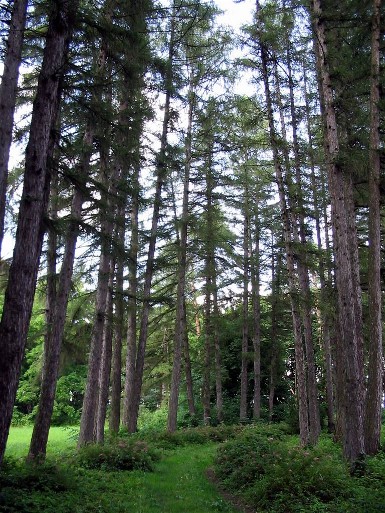
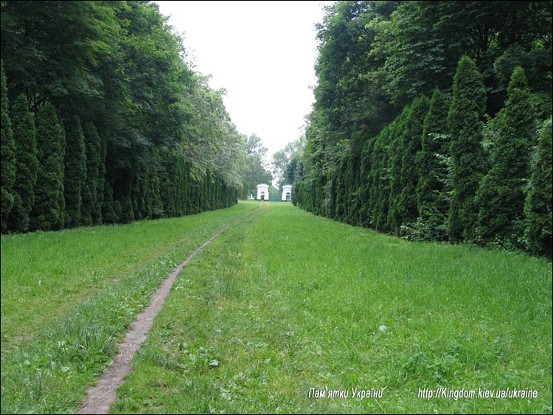
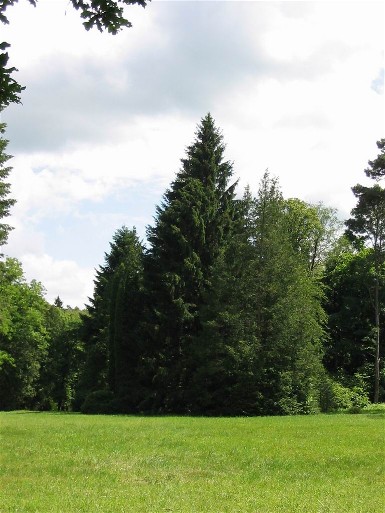
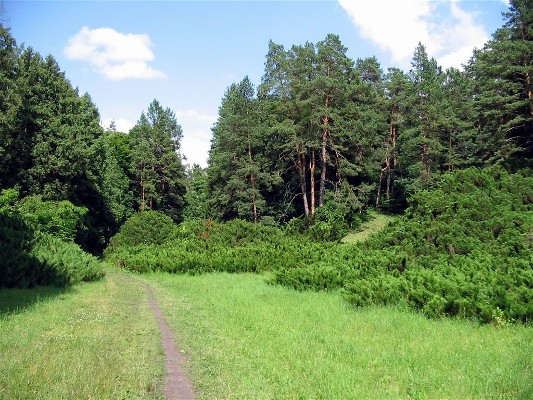
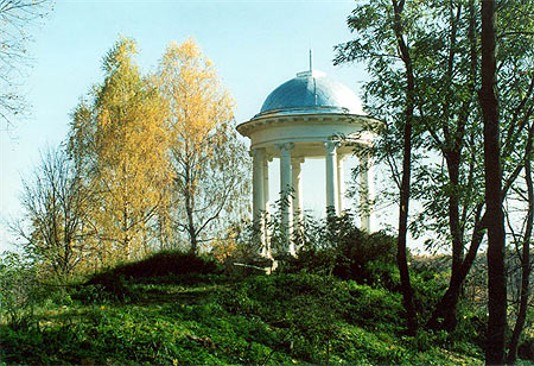
.jpg)
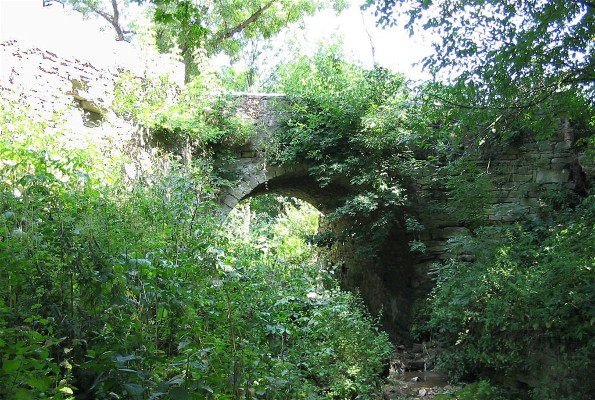
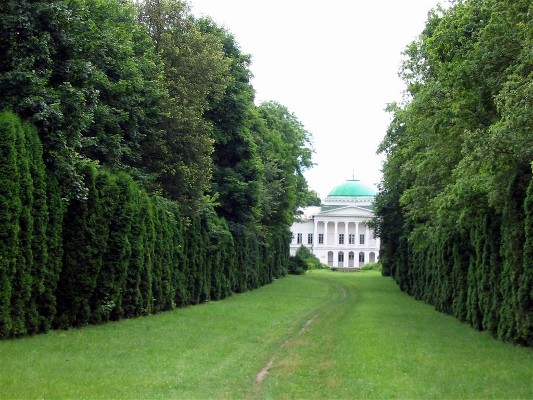
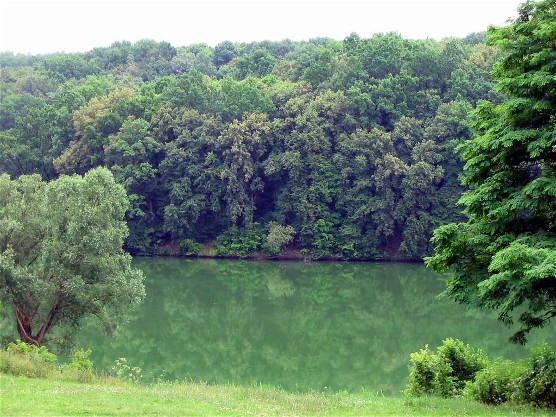
.jpg)
